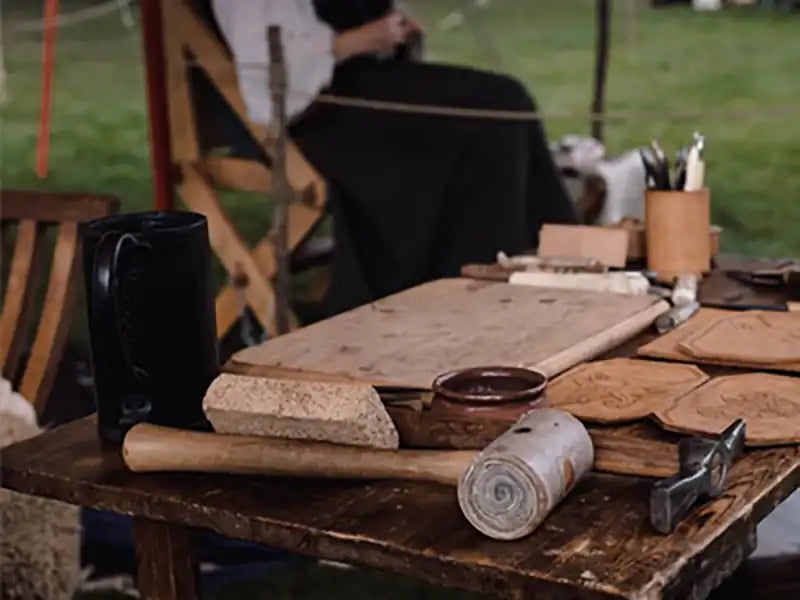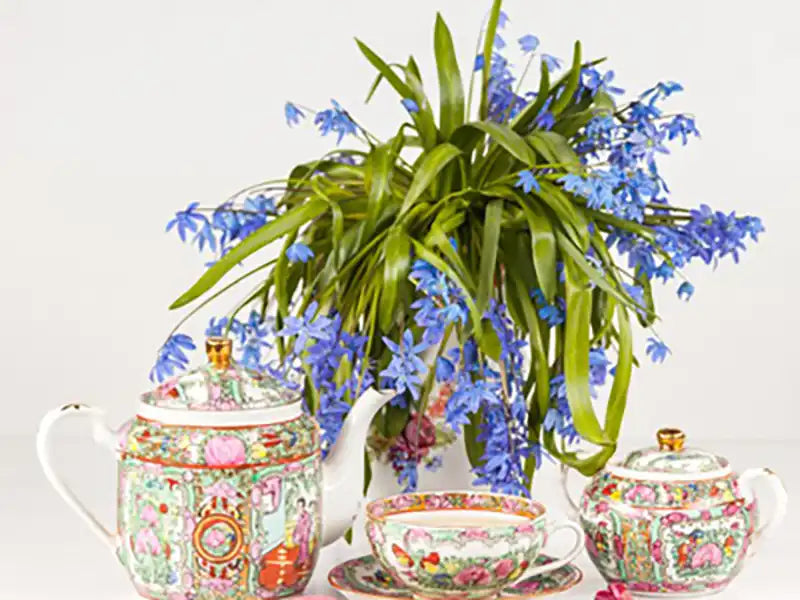Many families, in accordance with their knowledge of horticulture and the power of agriculture and horticulture, give a special beauty and freshness to the home space with the help of various flowers and plants, so that they both enjoy seeing it and feel cheerful and fresh in such an environment.
Keeping of plants in the cold season
Contrary to popular belief, plants will not stop growing when the cold season begins. It will take a long time to plant, harvest and cover the trunks of plants that bear fruit in the cold season until the first snowflakes settle on the soil surface.
In fact, many crops that are grown in the winter reach their peak of flowering when the heat of the autumn soil, which holds the summer heat in its bed, disappears; Some other species taste even better when they experience a small amount of moisture during the cold season.
As long as the basic growth conditions are provided for them, plants and vegetables will continue to grow no matter what season they are in. If you live in a warmer climate, you can grow your fall crops and plants throughout the winter. However, if you live in a colder area, the growing season will be shorter for you (however, you can grow plants that grow in the cold season in a deep, high soil bed to avoid the risk of snow and freezing. To be safe).
In most areas, farmers plant their autumn plants in October and November and harvest the crop in December and January. You need to carefully calculate the growing season of your crop so that your plants have enough time to grow and fertilize before the frost season arrives.
In general, it is best to plant autumn plants and vegetables when the daytime temperature is between 15 and 25 ° C, and the nighttime temperature is between 4 and 5 ° C (the lower the temperature, the better for planting). Adequate sunlight should also reach the plant for at least 6 hours a day. Watering the plants should be at least 2.5 cm per week.
Planting plants in the cold season
Through meteorology, find the history of ice and snow that is going to happen in your area. In most areas, snow is not the end of the fall season. During the last days of October and early November, follow the weather in your area to find out when the first frost occurs.
Once you know the history of frost and snowfall in your area, you can start planning and planting your fall crops. Keep in mind that when you grow vegetables in the fall, your plants should have ripened before the first frost and have given most of their produce before the first heavy snow. Some cold season products arrive in less than 30 to 40 days, while some may take months to produce.
If you work hard in your garden during the summer, you do not have much work to do to prepare it for planting winter crops. If you have to work on it a little more, don't worry; It doesn't take long to prepare it in the best possible way for the second season of planting. Just follow these simple steps:
1. Tidy up your garden: Grow worn-out plants like beans, cucumbers or lettuce that you have already planted; Because these plants will not bear fruit this season and can be a place for pests. Fill the holes in the roots of the plants and get rid of them before the seeds left over from the previous season bear fruit. Discard any pests and bury the rest in the soil as fertilizer. Discard fallen fruits, as rotten material can absorb pests. Make a note of the location of everything you plant to make sure you are replacing the vegetables next time.
2. Prepare the soil: Refresh the soil of your garden by removing the surface layer of mulch and replacing it. Straw is an excellent cover for the soil because it spreads well and is a favorite place for spiders to help control pests in your garden. You can use a layer of chopped leaves as mulch.
3. Spread the compacted soil with a garden rake. Full plowing is not necessary, just move the soil so that the roots of the plants can grow in it and water can penetrate. Test the soil to see if it needs certain nutrients (you can use the test kit available at horticultural stores). Add supplements if needed. Or at least add fertilizer where your plants will grow. If you want to use small greenhouse molds, set it up as soon as it is ready when you need it. Do not endanger growing plants and roots.
4. Buy your young plants ready: If you do, you will buy a lot of time for yourself. Because the buds are about 6 weeks old or more when they are ready to be planted, you can harvest your crop sooner.
Vegetables suitable for planting in autumn and winter
Here are some of the best fall gardening products:
Spinach: This plant is popular because of its sweet and cabbage-like taste. Set a distance of 90 cm between each bud.
Lettuce: You can find a combination of vitamins, minerals, fiber and plant nutrients in lettuce. Place a distance of 45 cm between the buds.
Broccoli: Broccoli is a popular and productive plant and is easy to grow.






